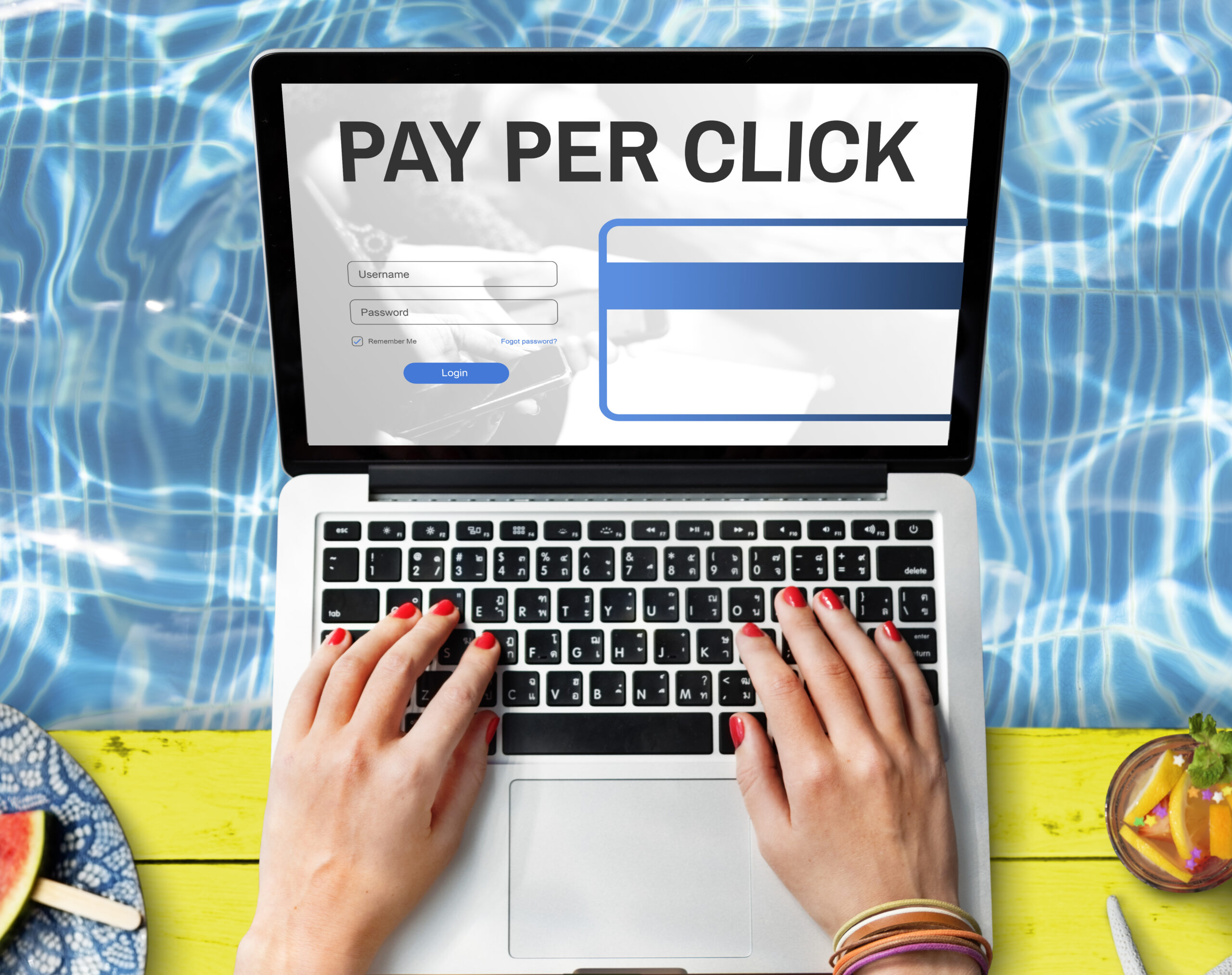
In today’s digital landscape, small businesses strive to stand out amidst the noise. PPC advertising emerges as a potent weapon, allowing businesses to target specific audiences, drive traffic, and achieve measurable results. In this comprehensive guide, we unravel the intricacies of PPC, focusing on Google AdWords—the powerhouse of paid search marketing.
1. Introduction
Small businesses often face budget constraints, making efficient advertising crucial. Enter PPC advertising, where businesses pay only when users click on their ads. Google AdWords, Google’s advertising platform, dominates this space. Let’s dive into the essentials.
2. Demystifying PPC Advertising
2.1 What Is PPC Advertising?
PPC advertising is a performance-based model where advertisers bid on keywords relevant to their offerings. When users search for those keywords, ads appear prominently on search engine results pages (SERPs). The magic lies in paying only for actual clicks.
2.2 The Role of Google AdWords
Google AdWords, now known as Google Ads, is the gateway to PPC success. Here’s why it matters:
- Keyword Auctions: Advertisers compete for ad placement based on keyword bids.
- Ad Rank: Google’s algorithm determines ad position using factors like bid amount, ad quality, and expected click-through rate.
- Ad Formats: Text ads, display ads, shopping ads—Google Ads offers diverse formats.
3. Mastering the Essentials
3.1 Keyword Bidding Strategies
Manual Bidding
- Take control by manually setting bids.
- Adjust bids based on keyword performance.
- Ideal for fine-tuning campaigns.
Automated Bidding
- Leverage machine learning algorithms.
- Optimize bids dynamically.
- Choose from strategies like CPC (Cost Per Click), CPA (Cost Per Acquisition), or ROAS (Return On Ad Spend).
3.2 Crafting Targeted Ads
Ad Groups and Ad Copy
- Organize keywords into relevant ad groups.
- Write compelling ad copy—concise, relevant, and action-oriented.
- A/B test variations to find winners.
Extensions for Enhanced Results
- Sitelink Extensions: Add extra links to your ad.
- Callout Extensions: Highlight unique selling points.
- Structured Snippets: Showcase specific features or services.

4. Measuring Success: Metrics and Analytics
4.1 Tracking Conversions
- Set up conversion tracking.
- Measure actions—form submissions, purchases, sign-ups.
- Optimize based on data.
4.2 Google Analytics Insights
- Dive deeper into user behavior.
- Understand bounce rates, session duration, and conversion paths.
- Refine your strategy accordingly.
5. Targeted Audiences: The Winning Edge
5.1 Audience Segmentation
- Custom Audiences: Create lists based on behavior, demographics, or interests.
- Serve personalized ads to specific segments.
5.2 Geographic Targeting
- Local vs. Global Campaigns: Geotargeting allows precision.
- Adjust bids based on location.
6. Conclusion
PPC advertising, fueled by Google AdWords, empowers small businesses to compete effectively. By mastering keyword bidding, crafting compelling ads, and analyzing data, businesses can achieve measurable results. Remember, every click counts—make them count for your business! 🚀💡

